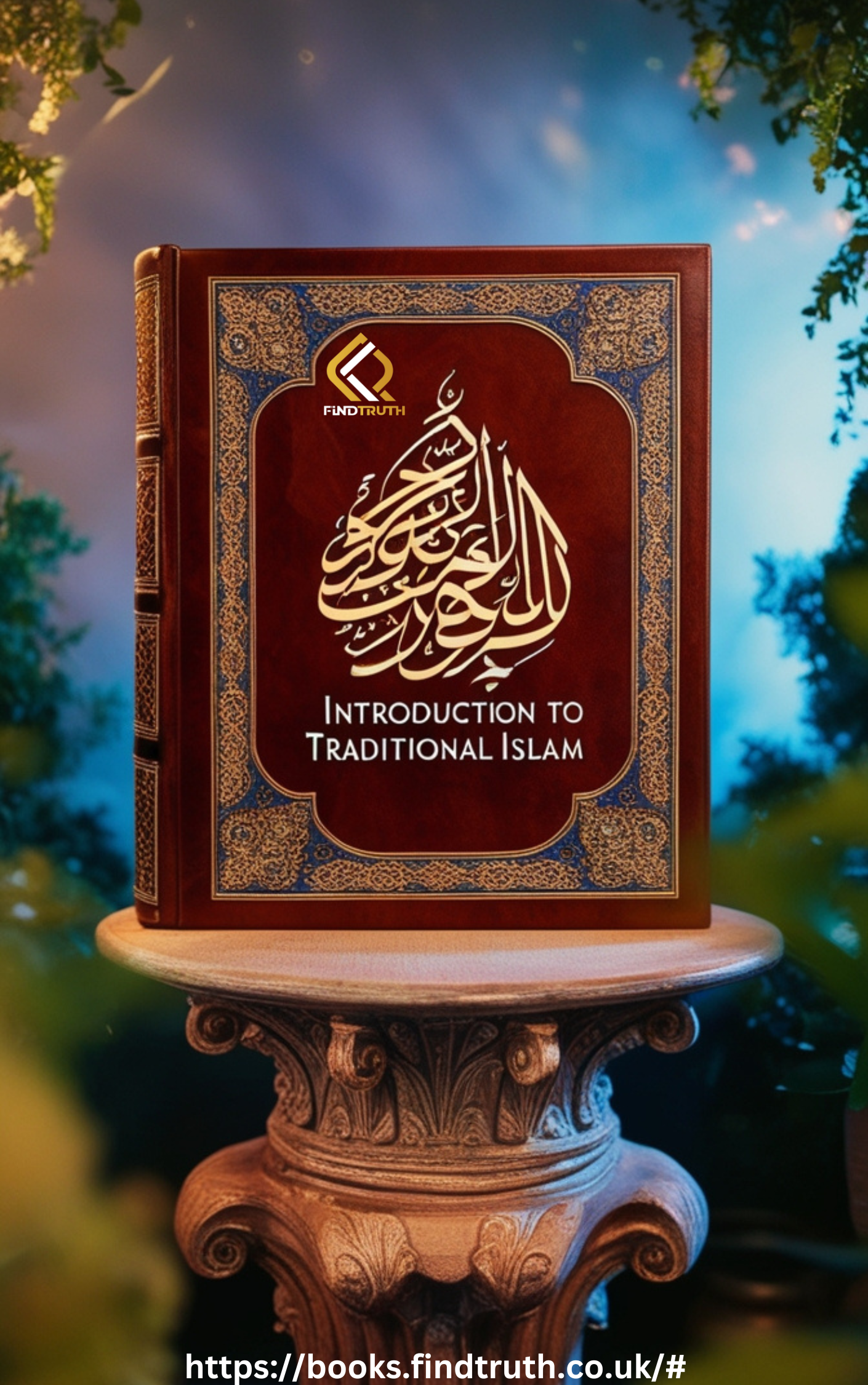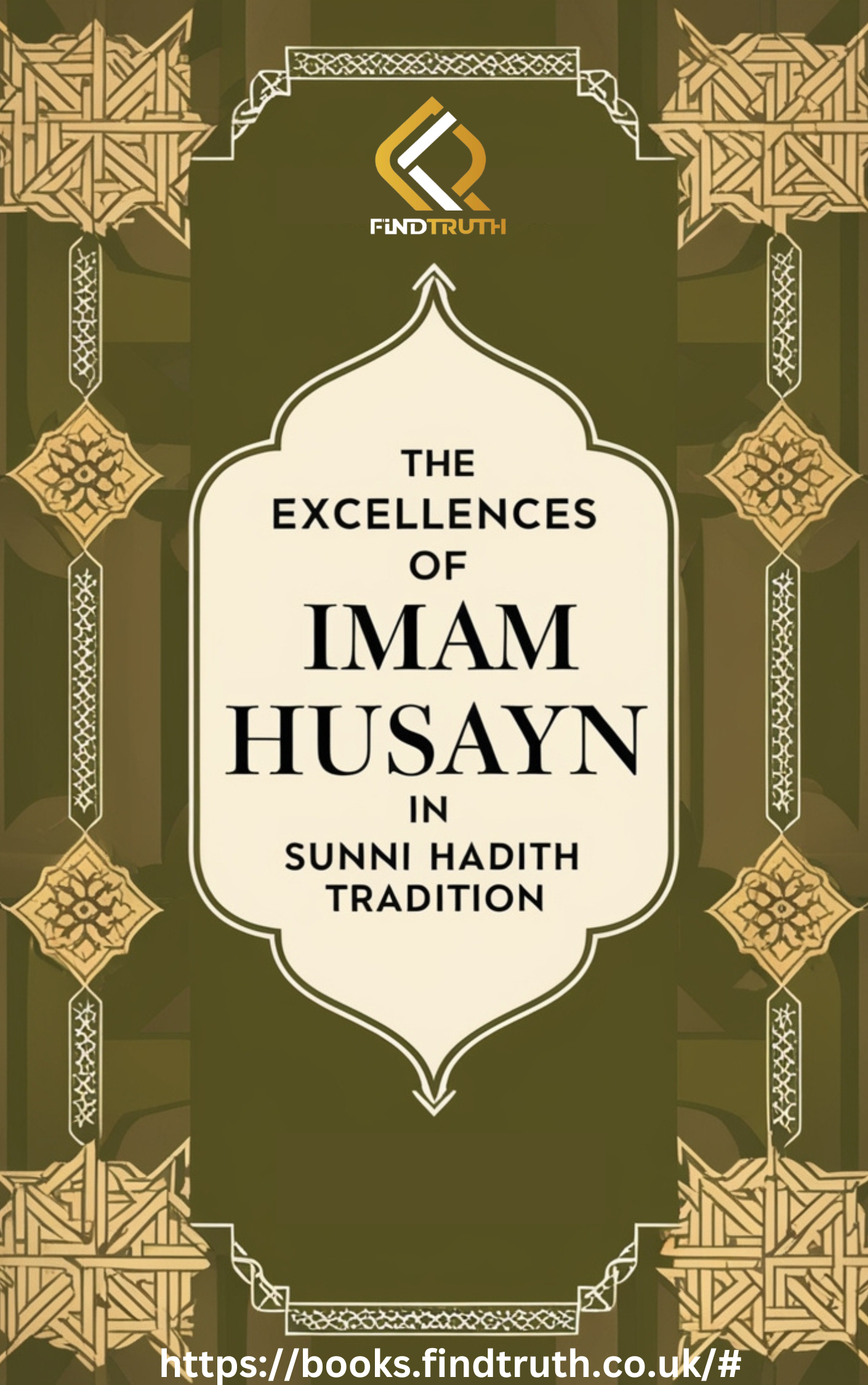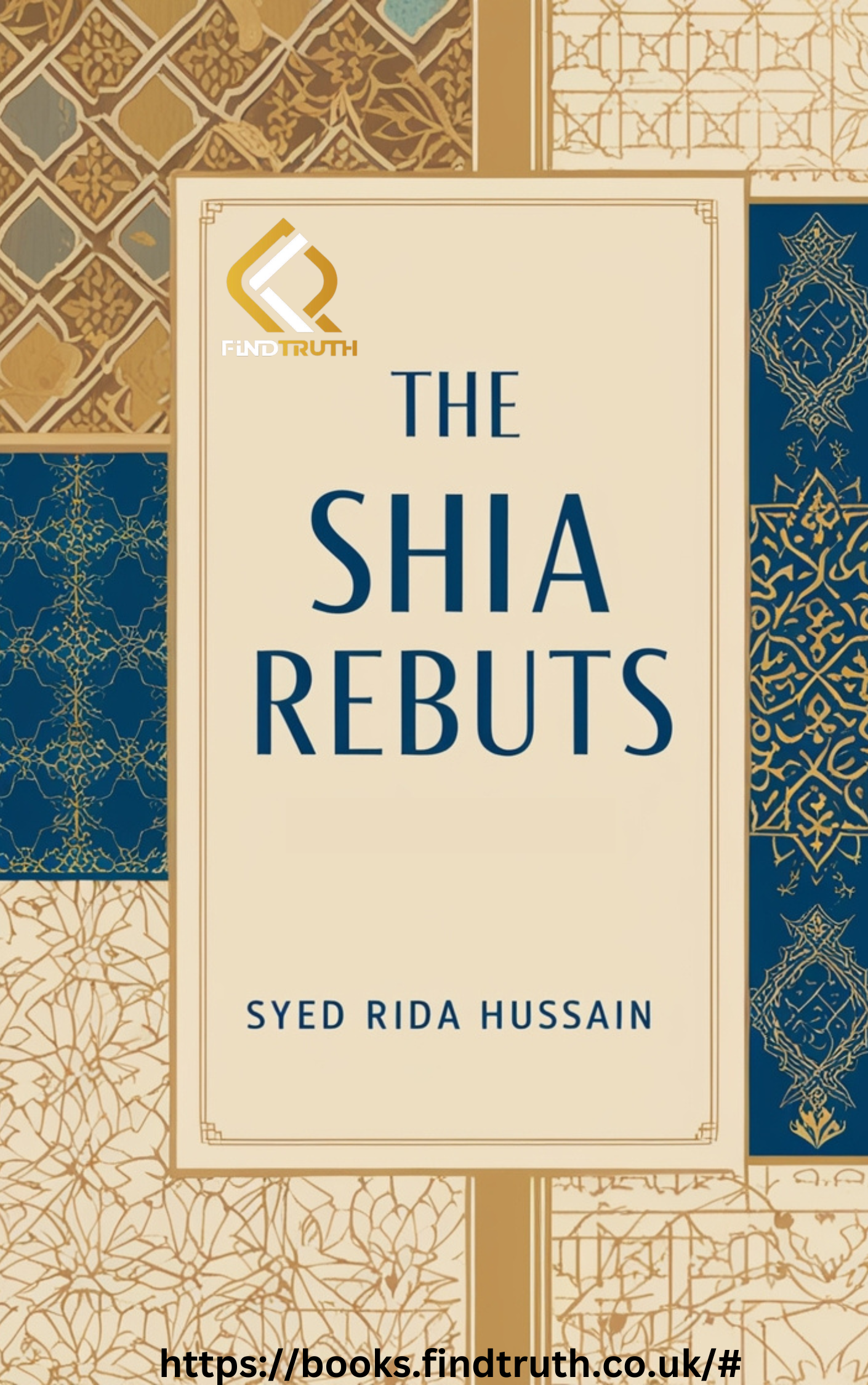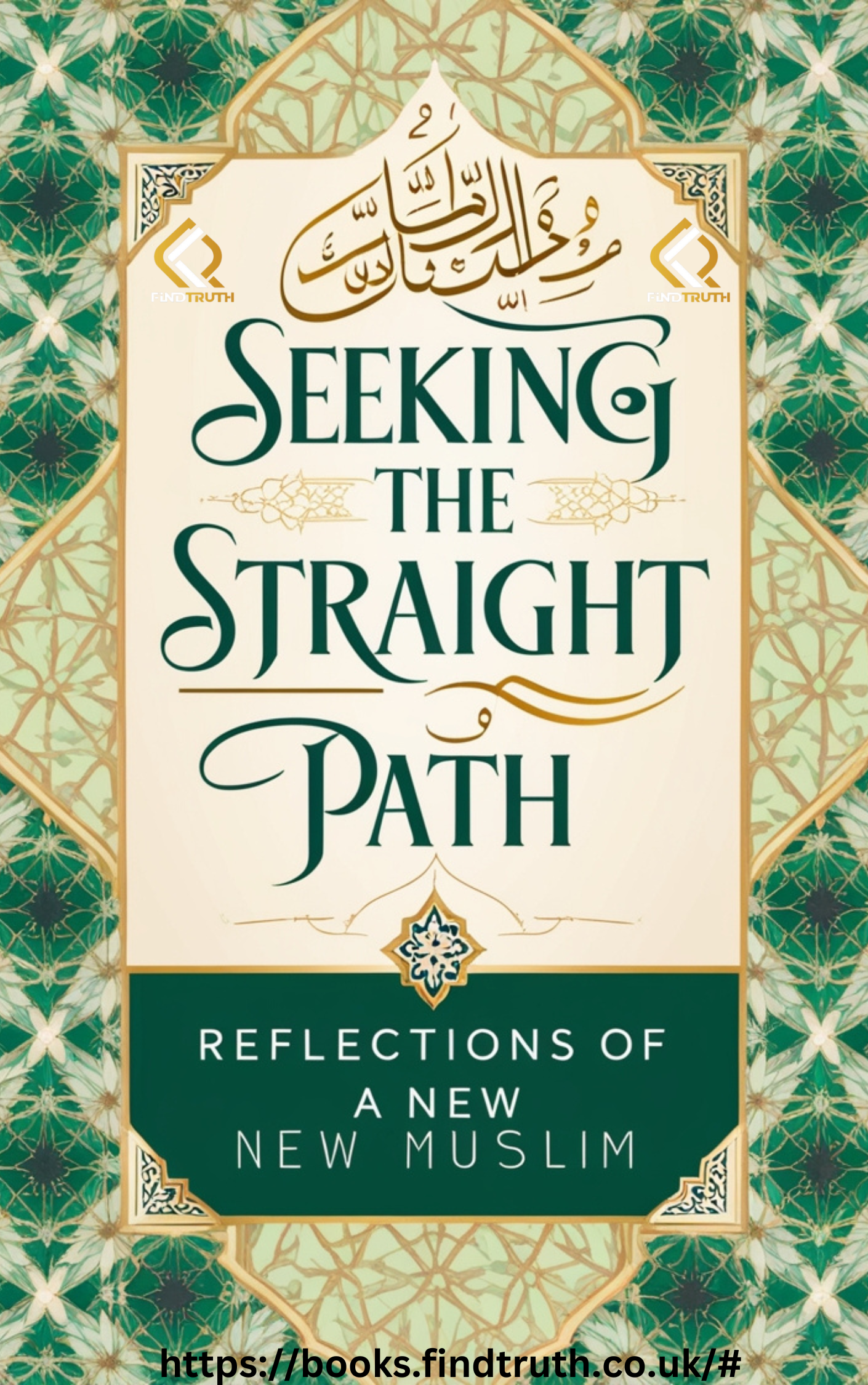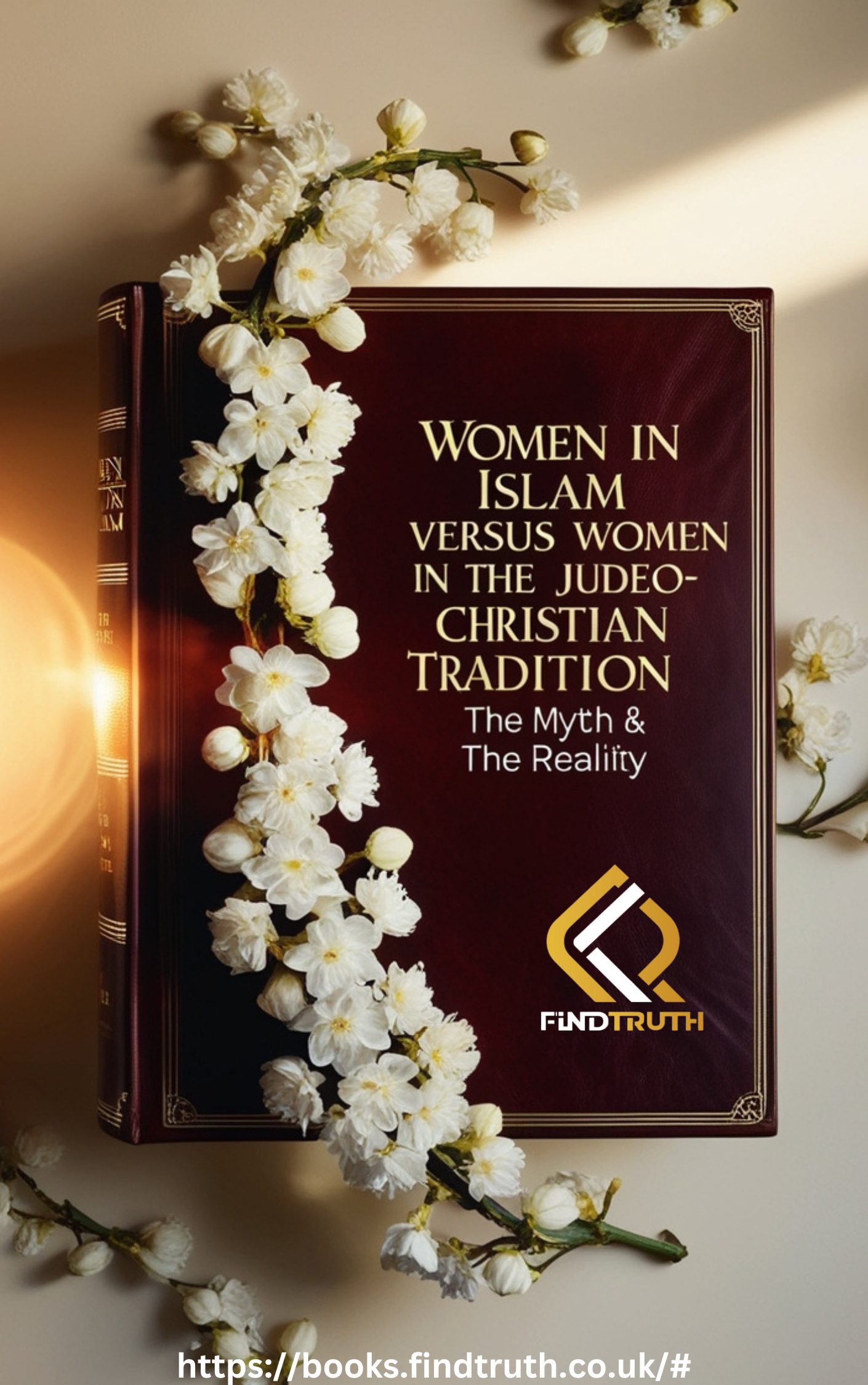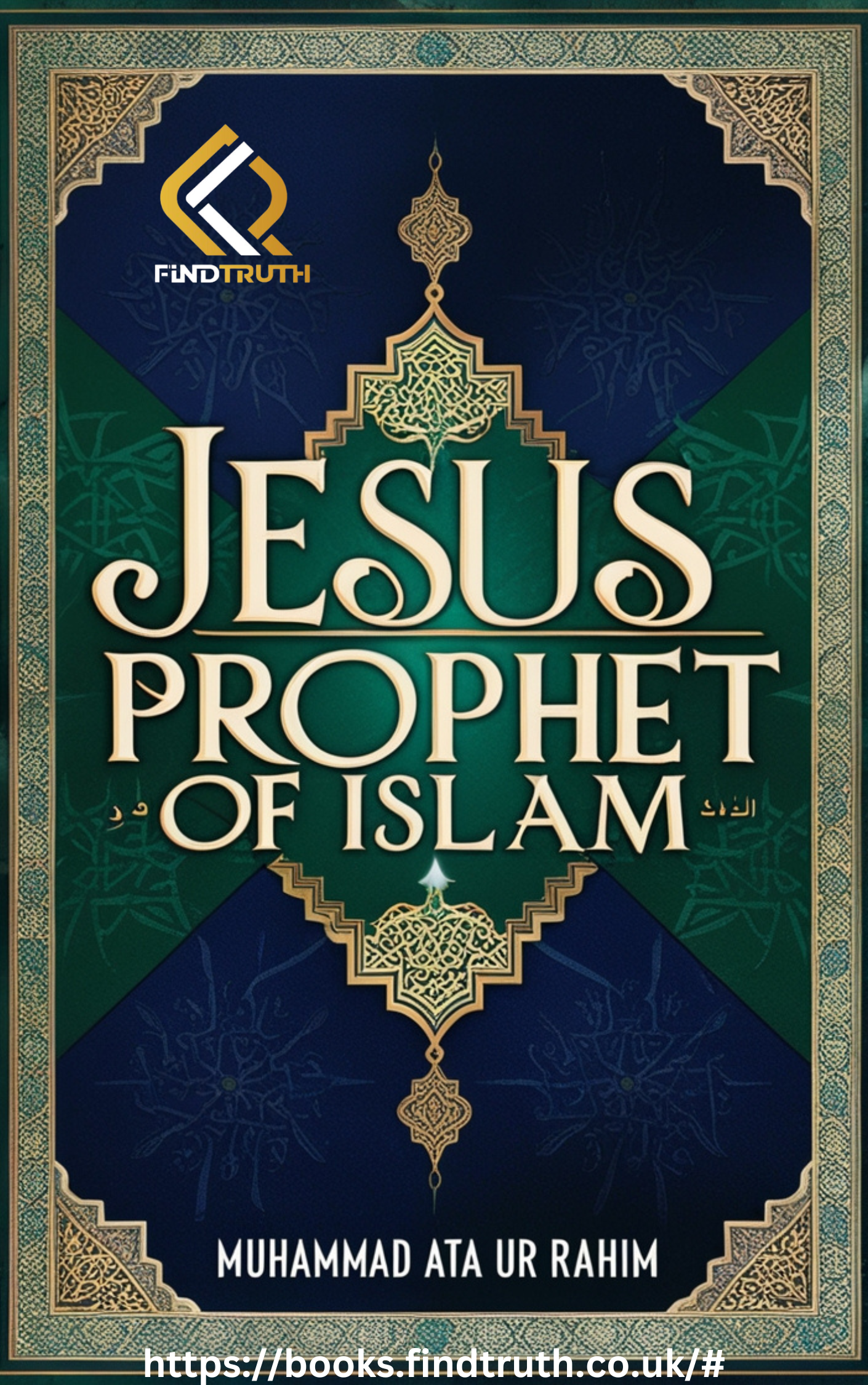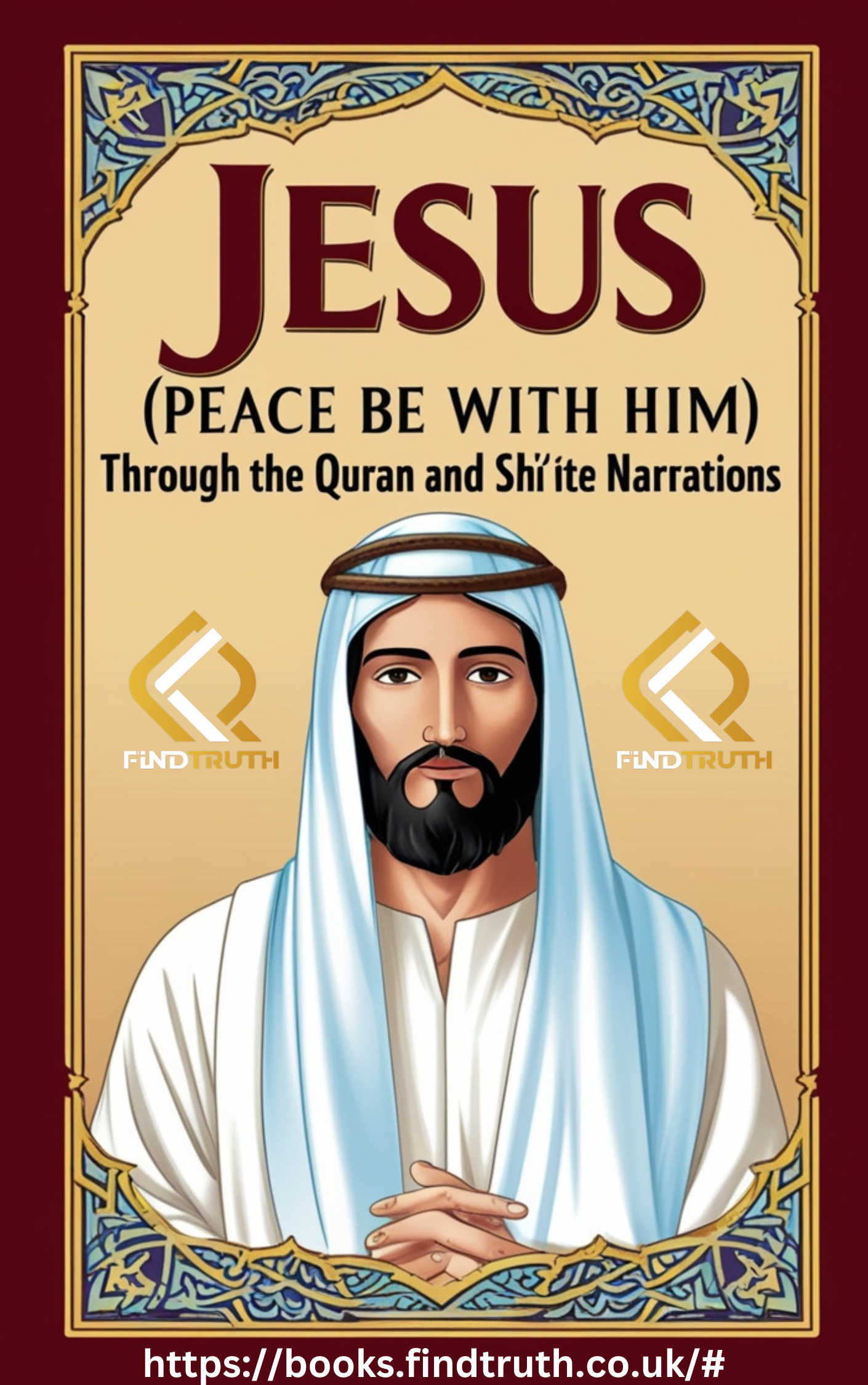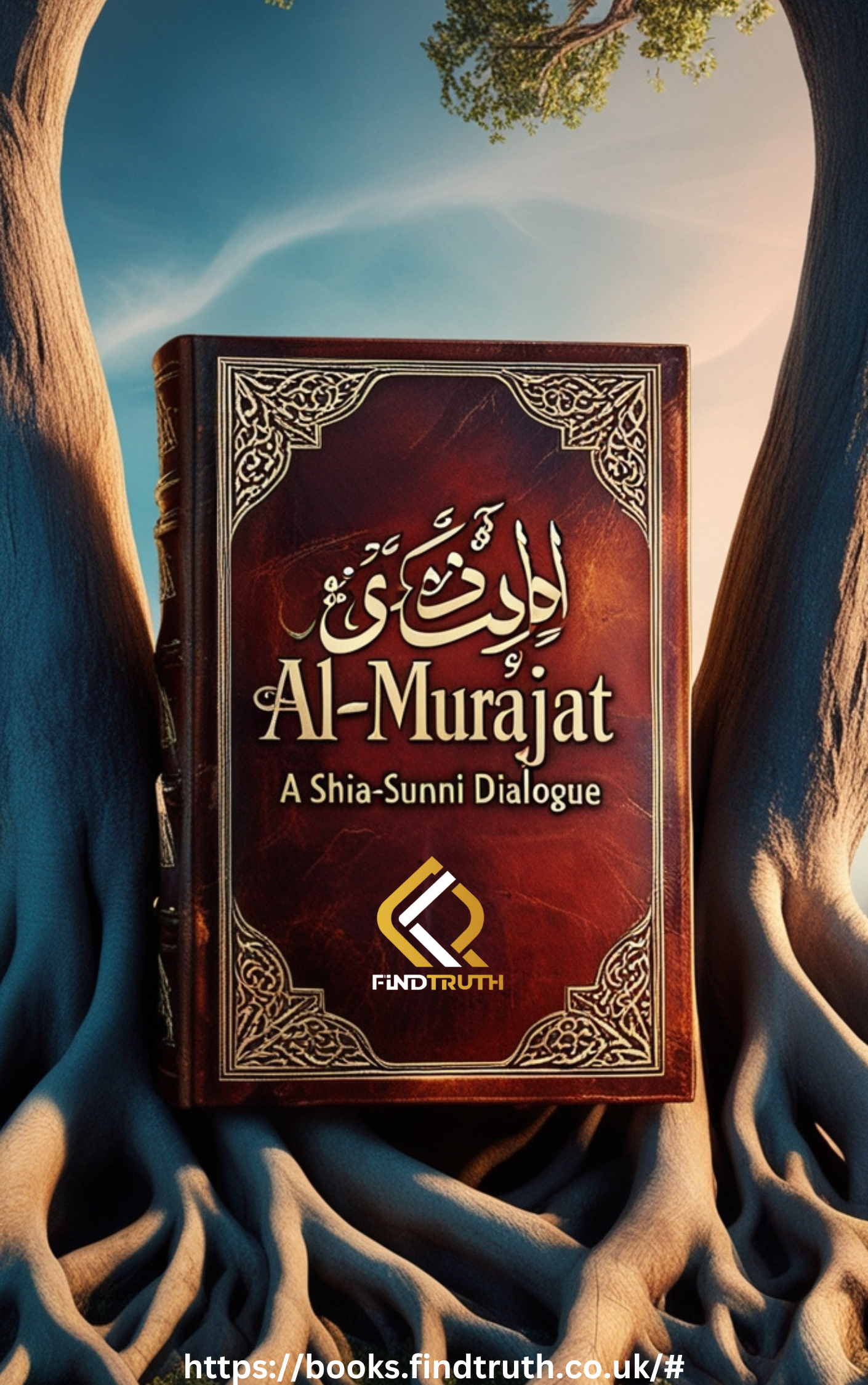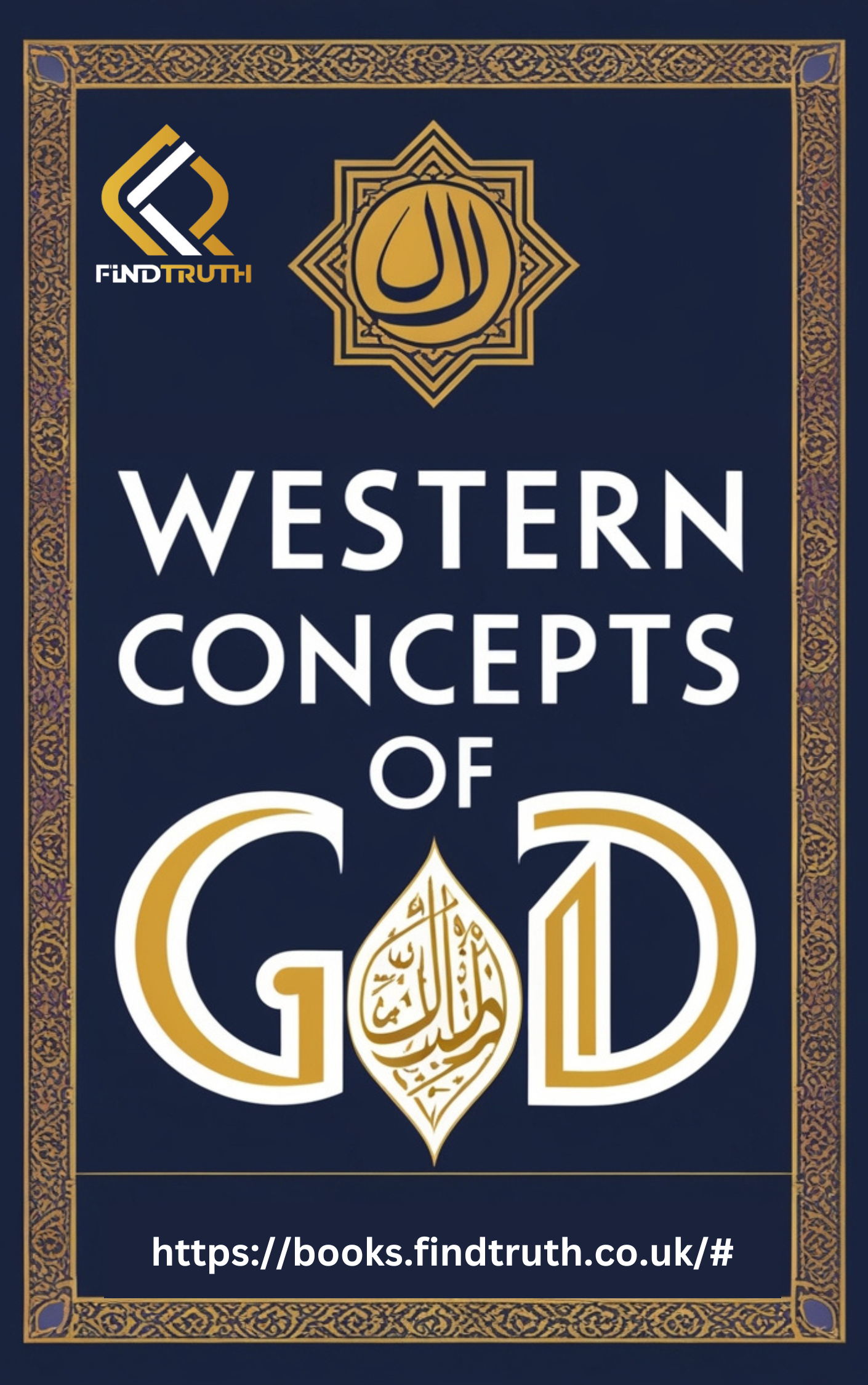
- Beliefs
-
Muslim Practices
- Salah (Daily Prayers)
- Sawm (Fasting)
- Hajj (Pilgramage to Makkah)
- Zakah (Charity Giving)
- Khums (Giving One-Fifth of Annual Saving)
- Jihad (Striving in the Way of God)
- Amr bil Ma'ruf (Encouraging Good)
- Nahy 'an al-Munkar (Stopping Evil)
- Tawalla (Loving the Prophet & His Family)
- Tabarra (Disassociating from the Enemies of the Prophet and His Family)
- Islamic Education
-
Akhlaq - (Ethics)
-
Quran & Sciences
-
Islamic History
-
Socio-Cultural
- Islamic Holy Places
-
Supplications
- Home
- Feature Selections ★
- Beliefs 🛐
-
Muslim Practices ☪️
- Salah (Daily Prayers)
- Sawm (Fasting)
- Hajj (Pilgramage to Makkah)
- Zakah (Charity Giving)
- Khums (Giving One-Fifth of Annual Saving)
- Jihad (Striving in the Way of God)
- Amr bil Ma'ruf (Encouraging Good)
- Nahy 'an al-Munkar (Stopping Evil)
- Tawalla (Loving the Prophet & His Family)
- Tabarra (Disassociating from the Enemies of the Prophet and His Family)
- Islamic Education
-
Akhlaq - Ethics 🔑
- Quran and Sciences 📖
-
Islamic History
- Socio-Cultural
- Islamic Holy Places
- eBooks
- Introduction to Traditional Islam
Introduction to Traditional Islam
"Introduction to Traditional Islam" offers a thorough exploration of the fundamental beliefs, practices, and historical development of traditional Islamic thought. This book aims to provide readers with an understanding of the core tenets of Islam, including the importance of the Quran and Hadith, the role of the Sunnah, and the significance of Islamic jurisprudence (Fiqh). It discusses various schools of thought within Islam, emphasizing the diversity of interpretations while highlighting the shared foundations that unite Muslims. Additionally, the book addresses contemporary challenges facing traditional Islam and the efforts to preserve its teachings in the modern world. This introduction is an essential resource for anyone seeking to gain a foundational understanding of traditional Islamic beliefs and practices.
